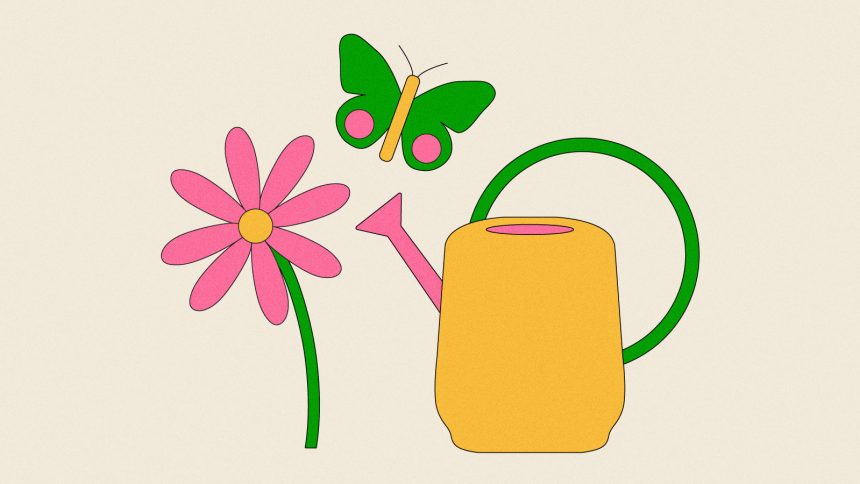The spotlight Tending a garden is one of the most hands-on forms of climate solutions available. Beyond just putting plants in the ground, gardening helps sequester carbon, reduces stress and tension for humans, provides habitat for pollinators and wildlife, and offers educational opportunities as well as sources of food. But the act of designing and planting a garden serves another purpose: it gives the gardener agency over a piece of the world and allows them to shape it according to their vision.
This is the premise behind Wild Visions, a challenge launched in the DMV area (District of Columbia, Maryland, and Virginia) in January. University students were invited to design gardens with various themes and visions, then bring them to life in the spring using native seedlings provided by Garden for Wildlife, a branch of the National Wildlife Federation. For every plant sold by the company, one is donated to a community project.
This year, around 2,000 seedlings were used for Wild Visions projects, creating nearly 6,000 square feet of new wildlife habitat in the DMV. The goal was not only to get more native flowers in the ground but also to ignite the solarpunk imagination and encourage students to share their perspectives on the gardens’ potential impact.
The challenge culminated in an awards ceremony called “The Plantys,” where groups received accolades like the cross-pollinator award for collaboration, the wildlife-gardener award for habitat creation, and the sanctuary-maker award for community gathering spaces. Each award came with an engraved ceramic birdbath.
One standout project was from Students for Indigenous and Native American Rights at George Washington University. Their garden, shaped like a turtle modeled after the flag of the Piscataway people, aimed to raise awareness of climate change, Indigenous land stewardship, and the presence of Native peoples in the DMV area. The students planted their garden at Piscataway Park, working closely with Anjela Barnes, a Piscataway leader and land steward.
Moving forward, Wild Visions plans to incorporate art and interpretive materials into student gardens with the help of other organizations. By engaging in hands-on projects like gardening, students can see the tangible impact they can have on their communities and the environment. Ultimately, these projects empower students to be active participants in biodiversity renewal and environmental stewardship.






